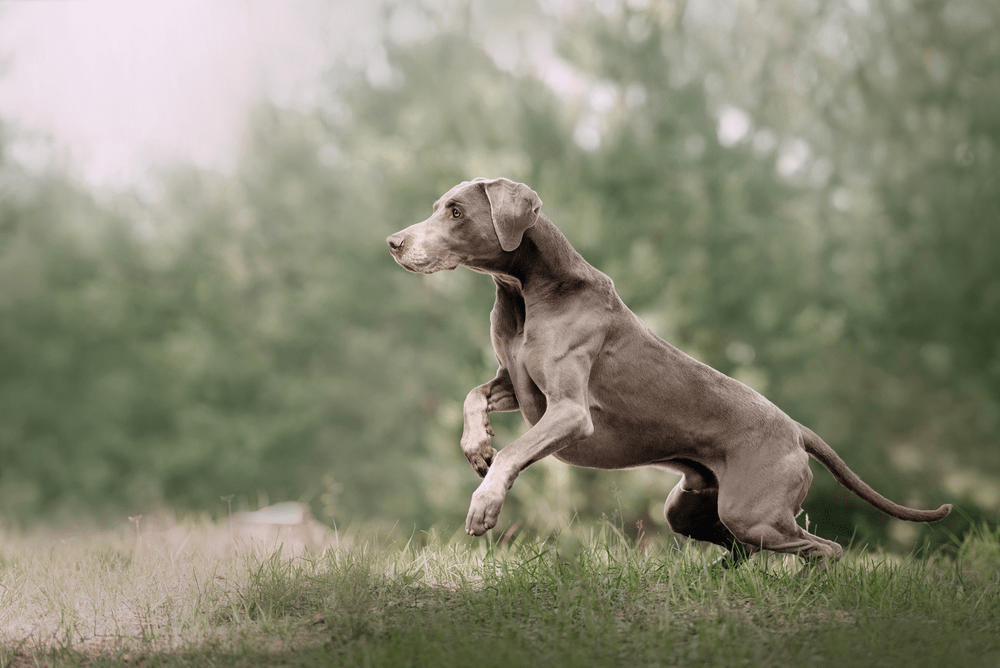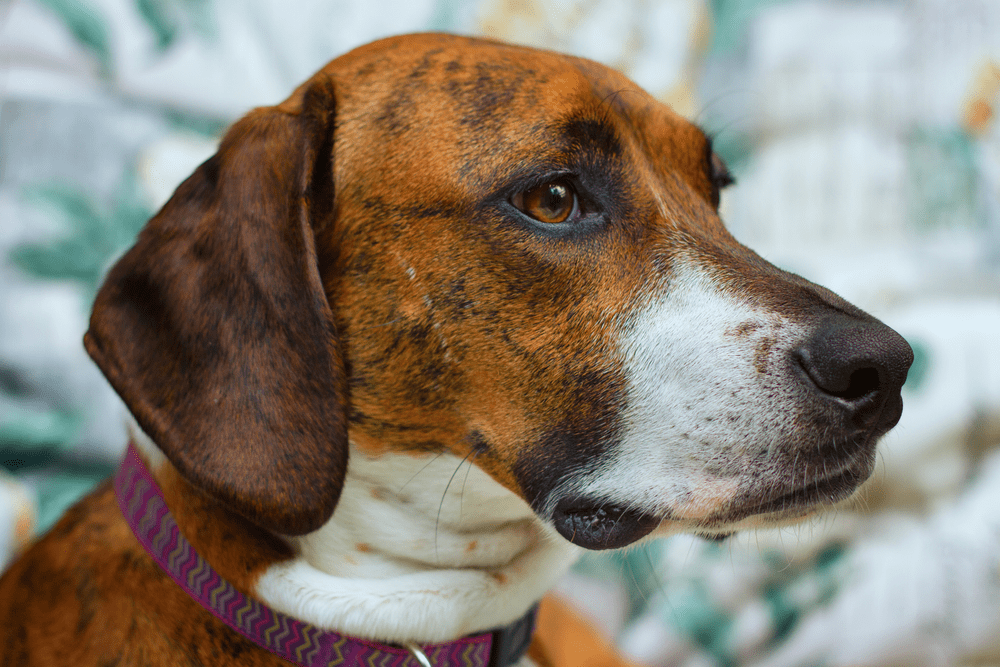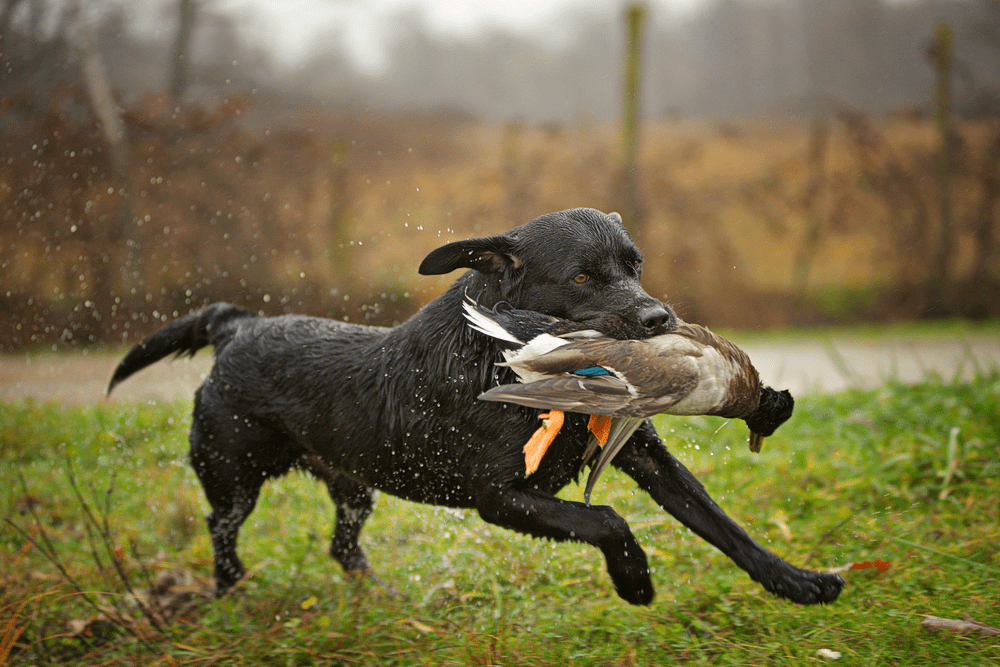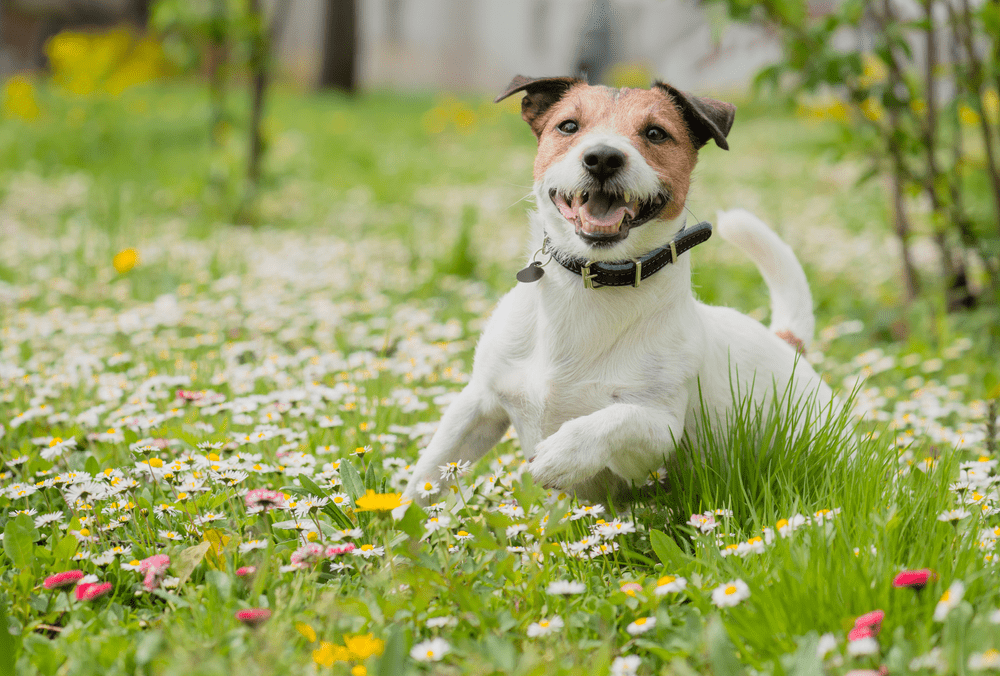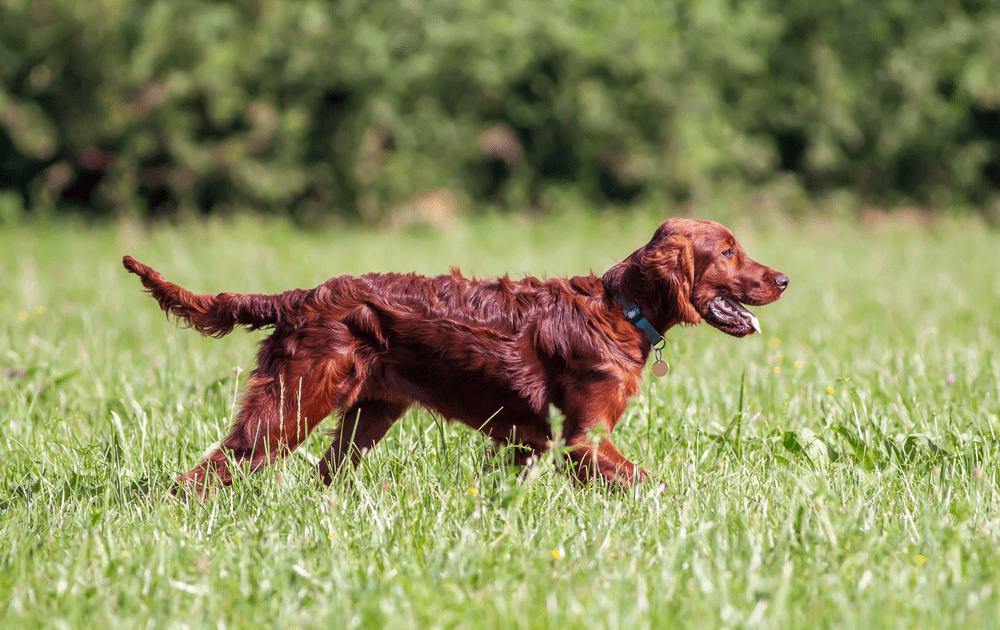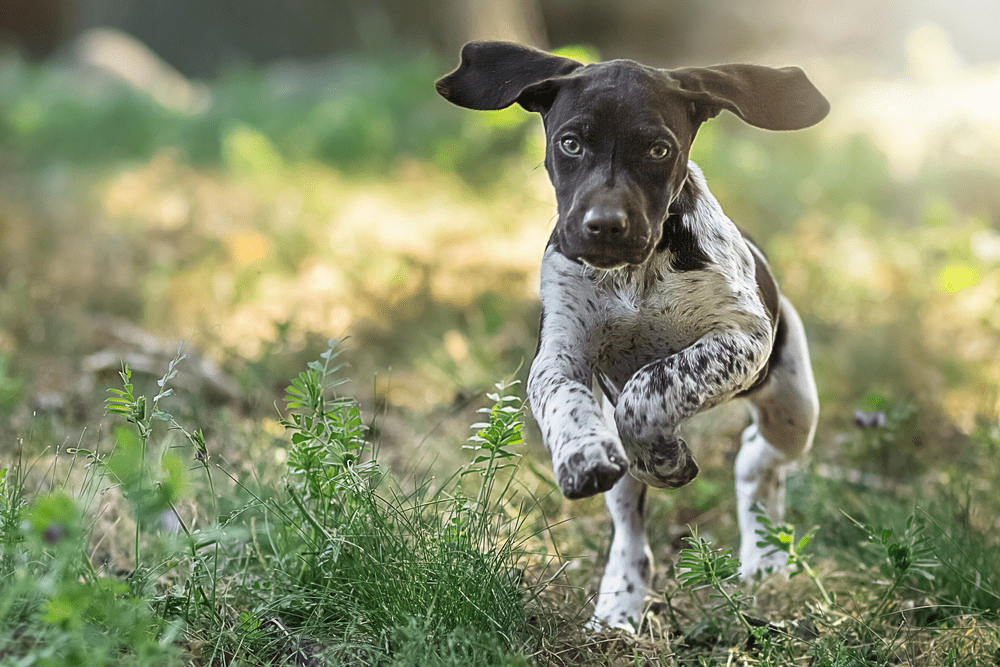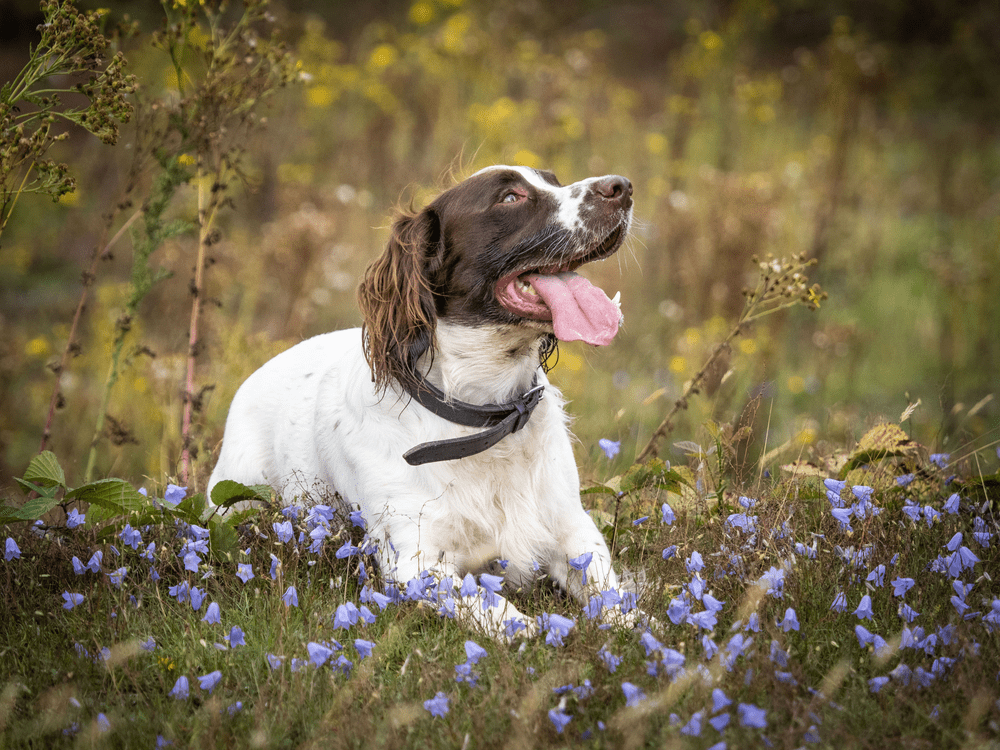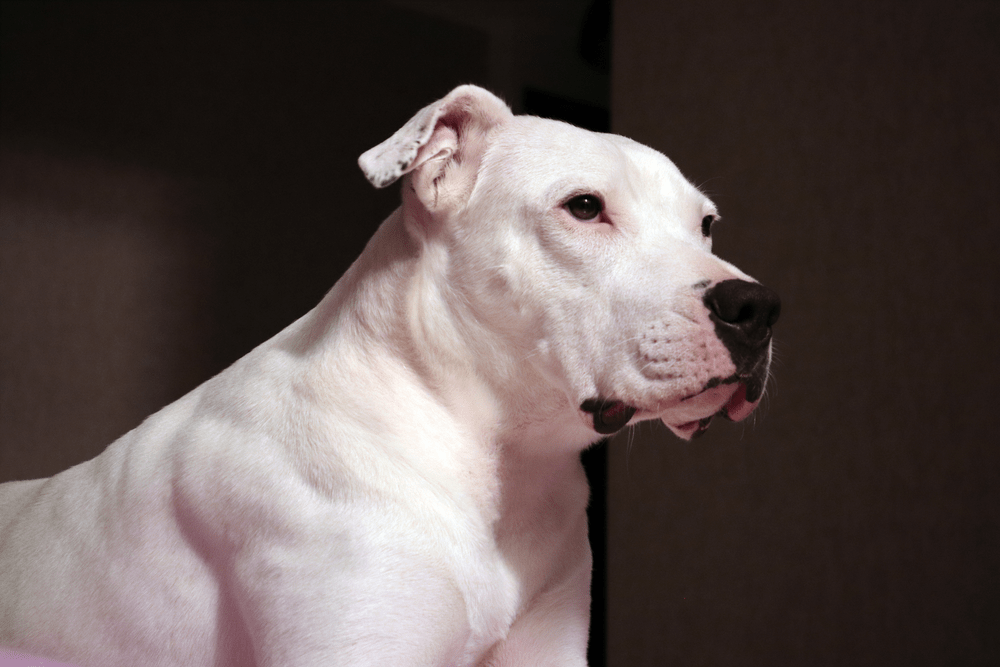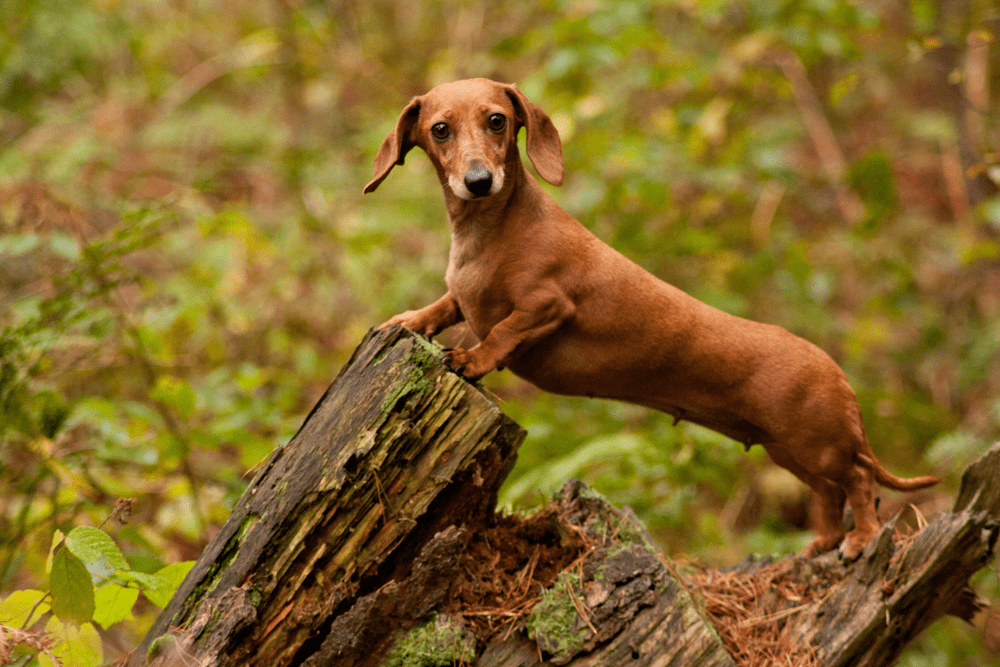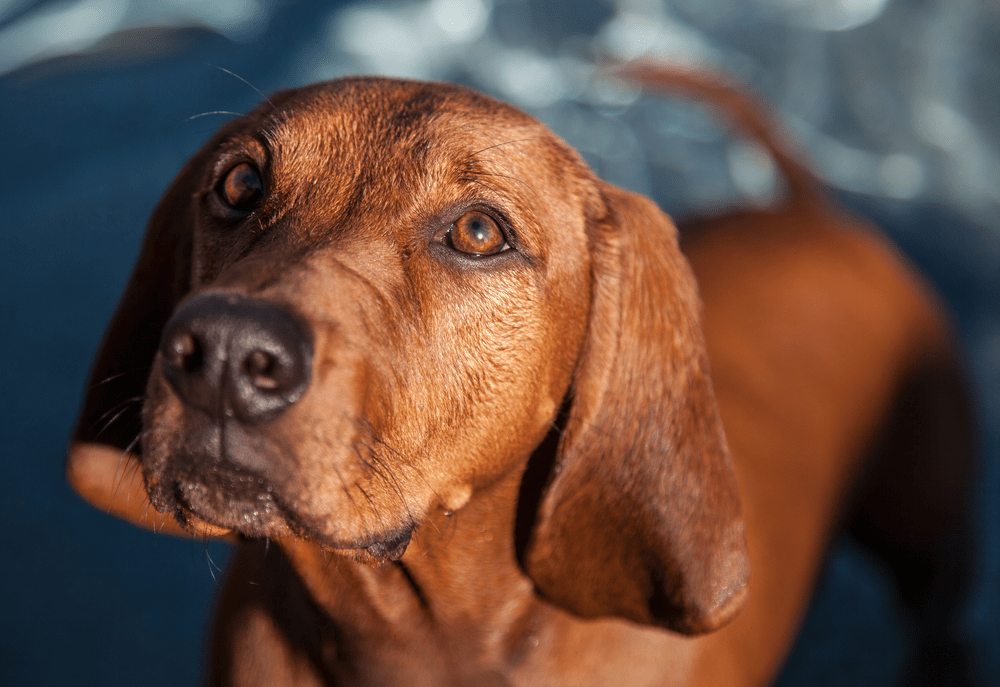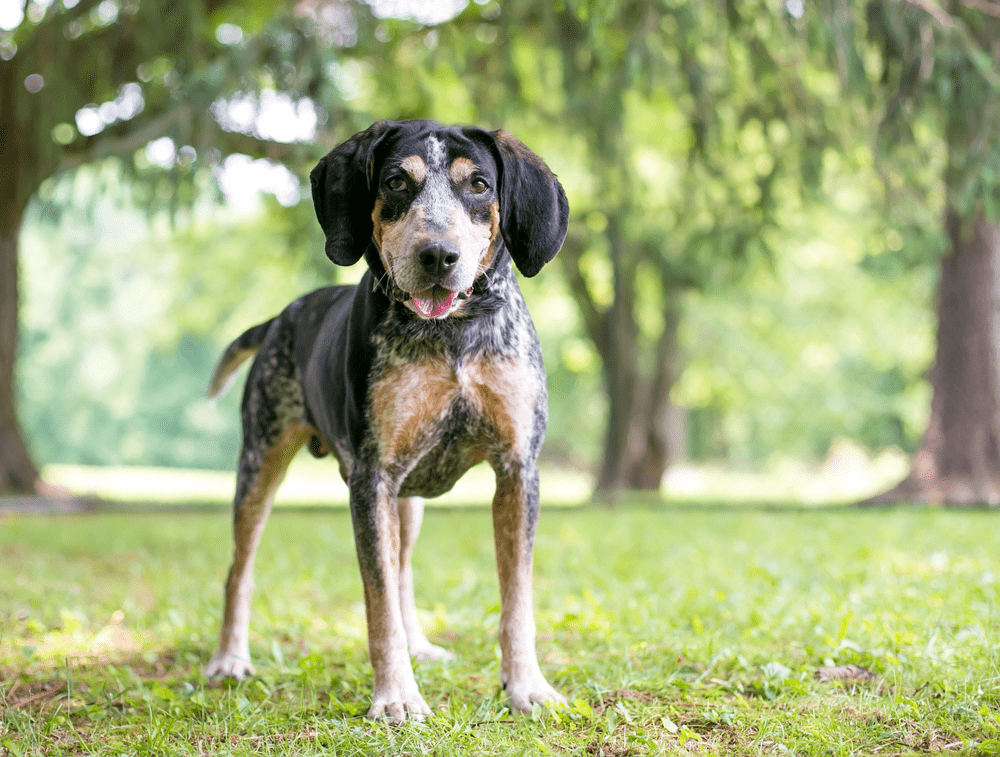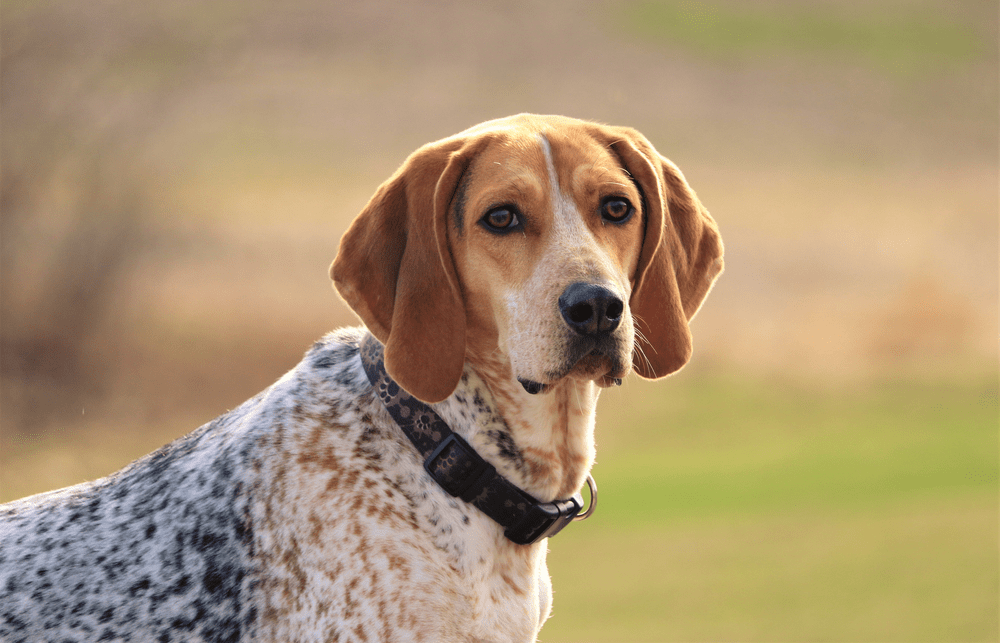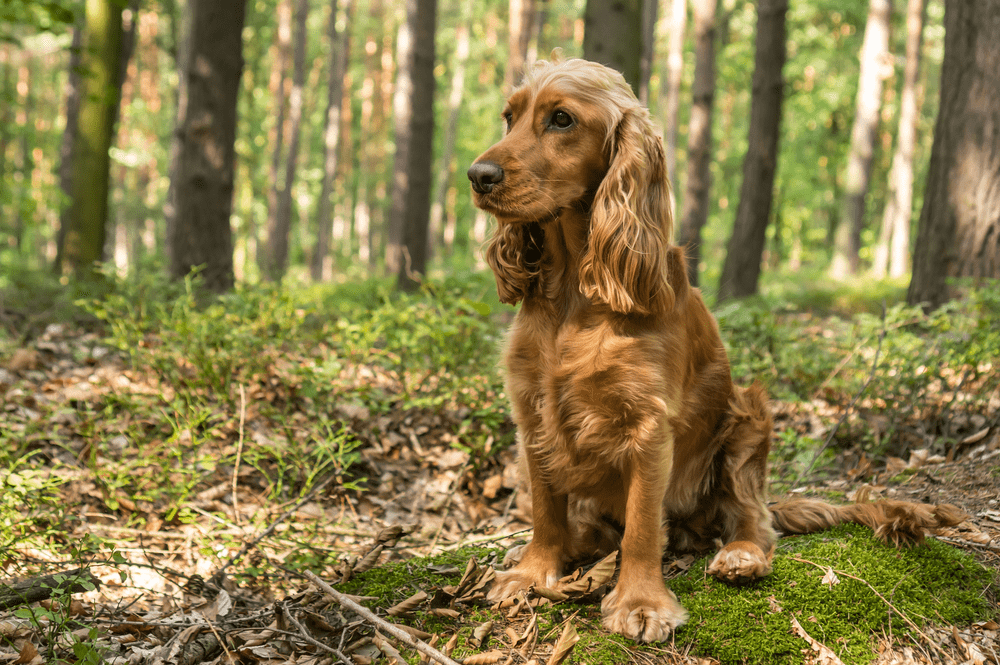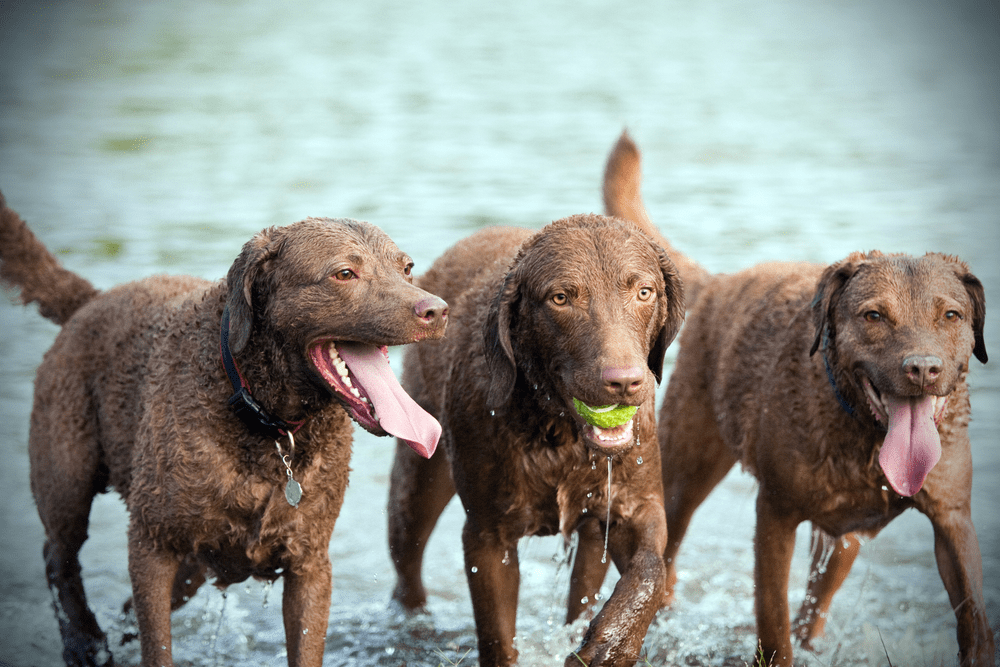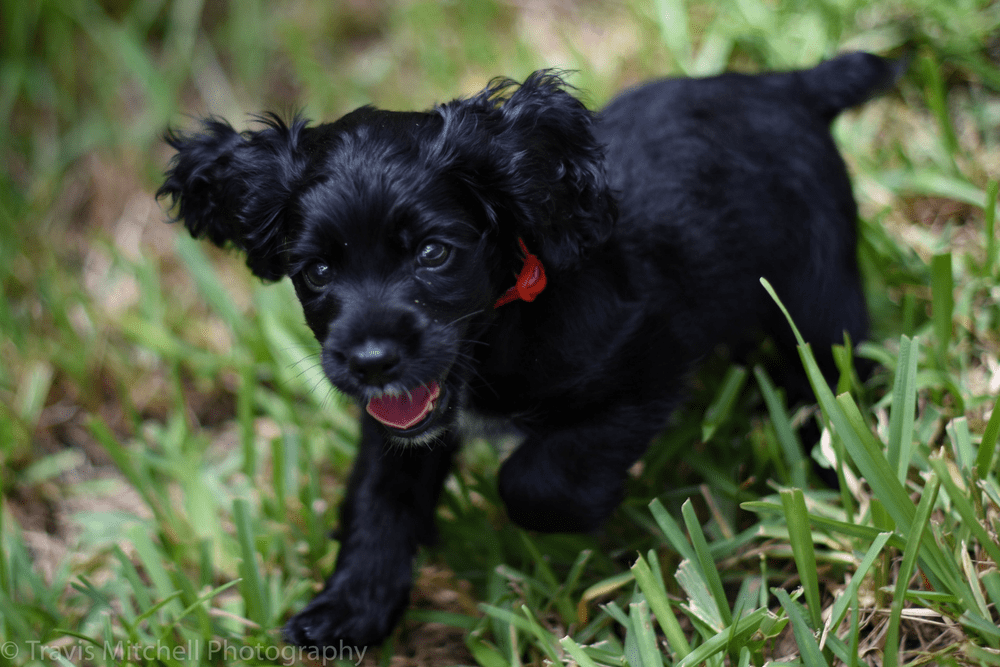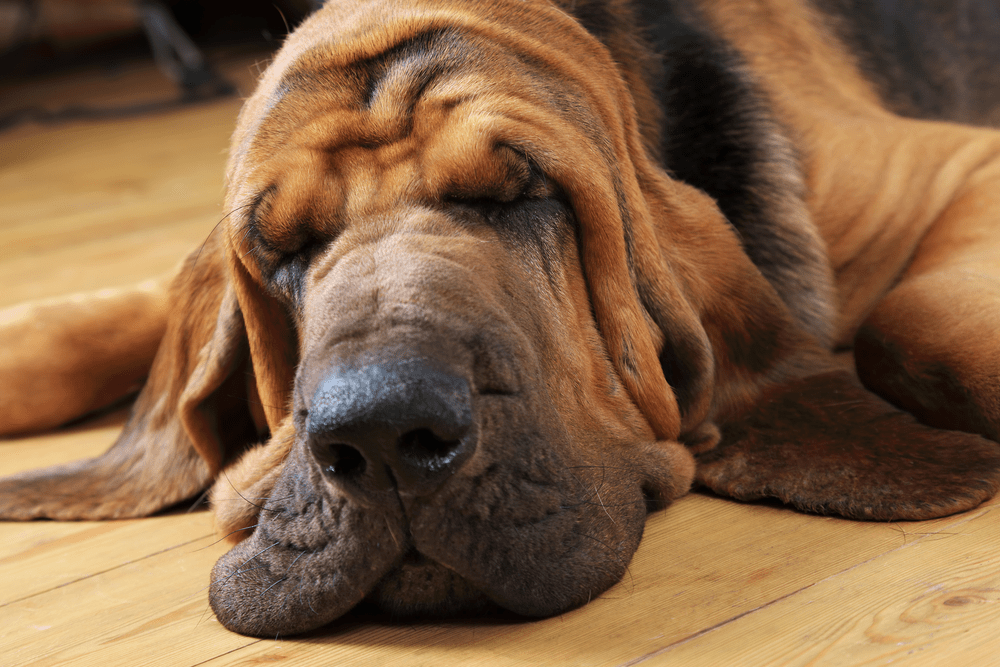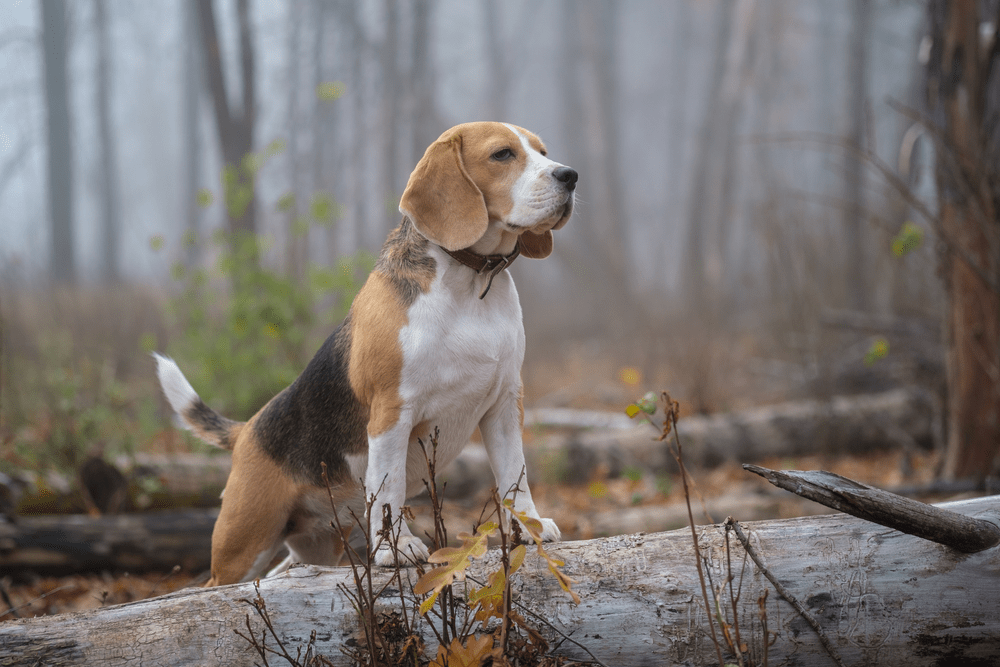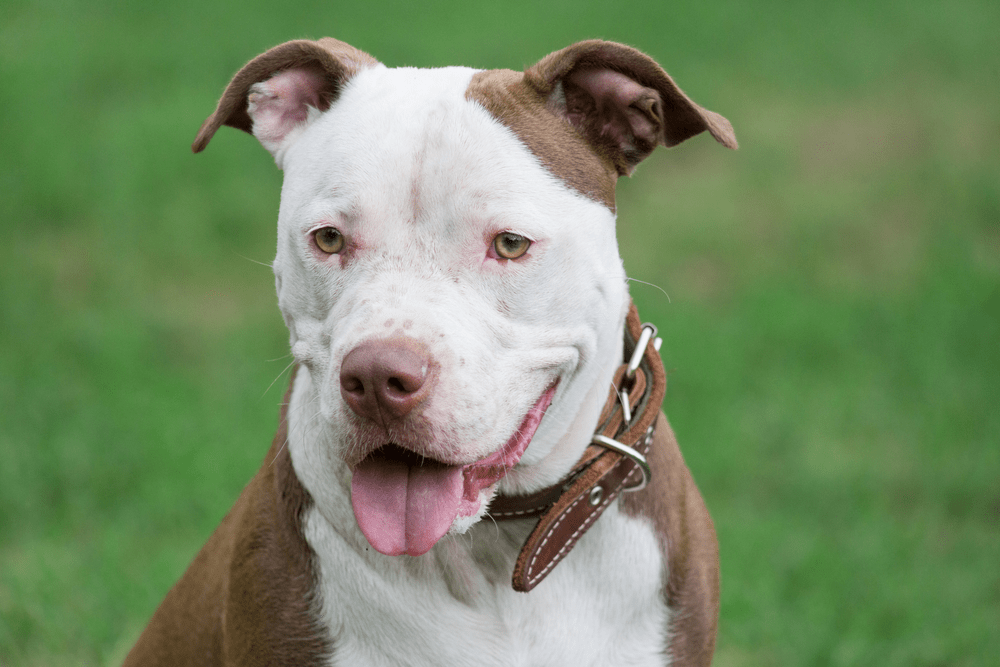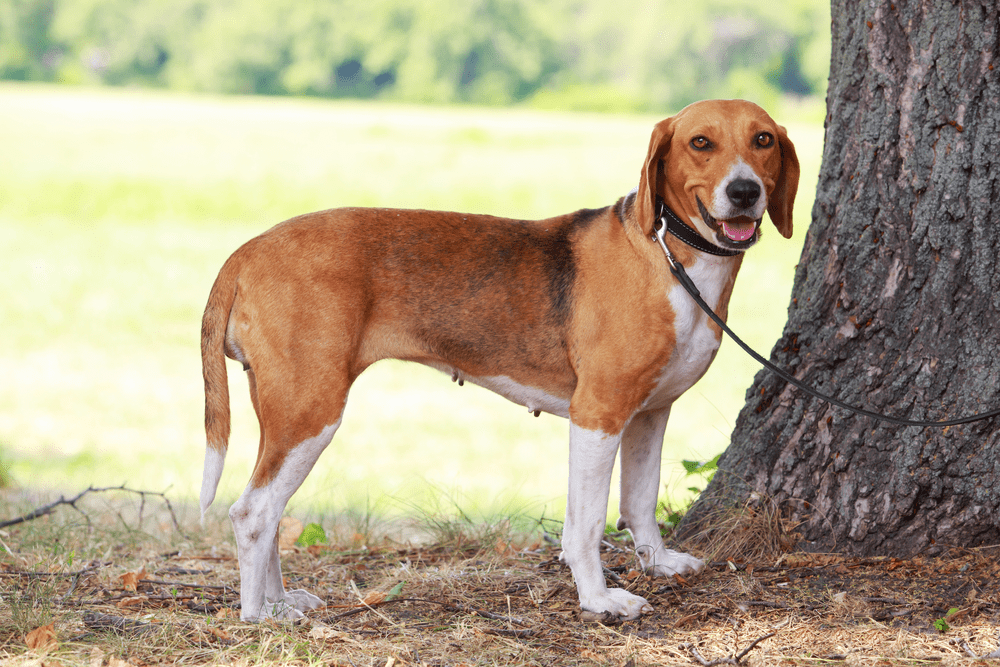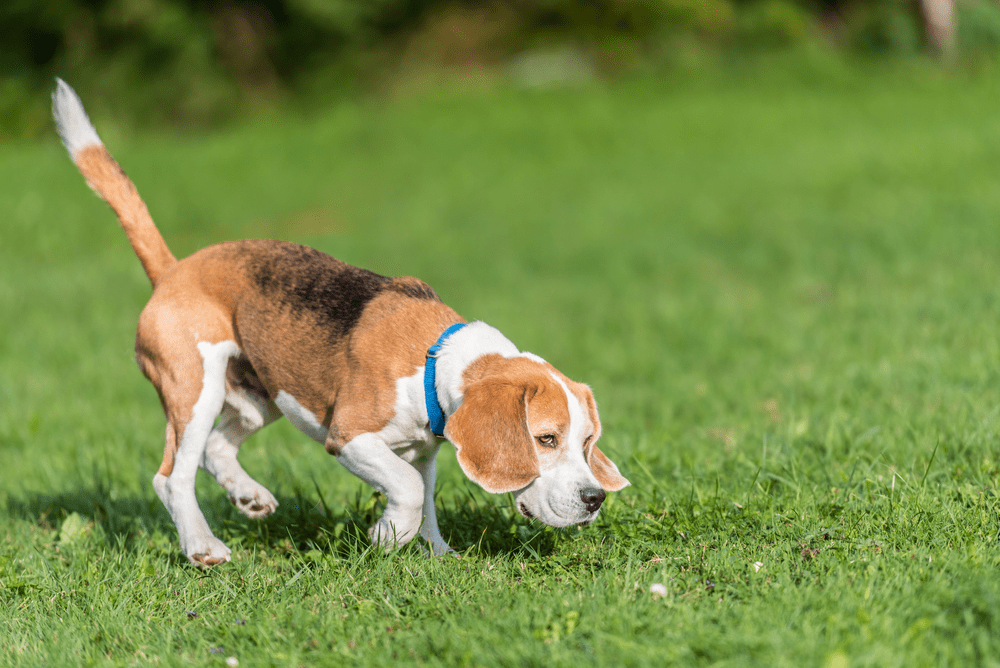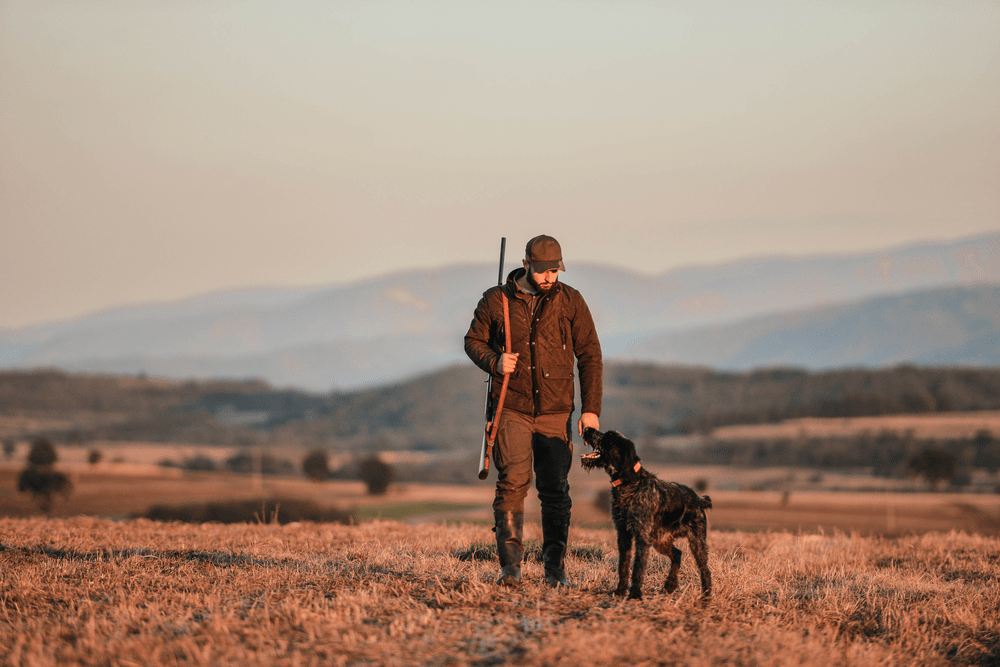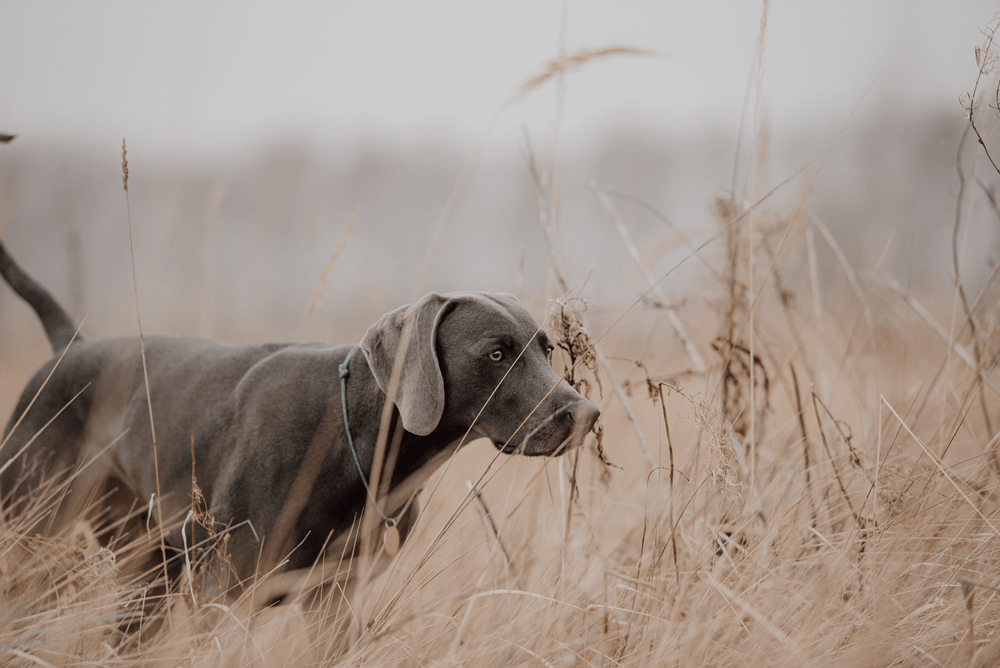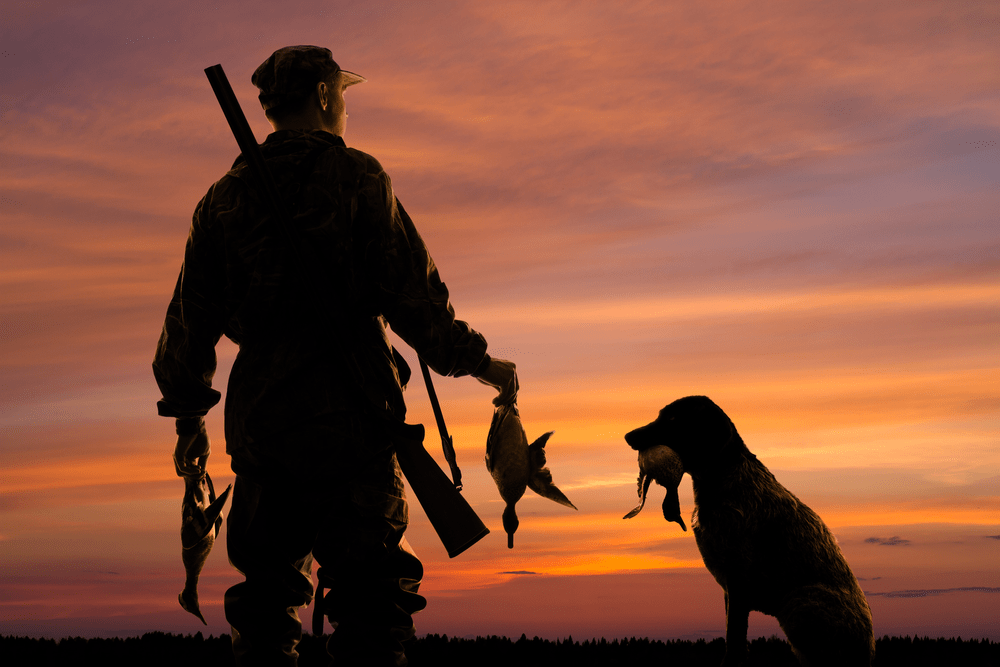Most of us see dogs as friendly companions who can pick us up on even our worst days. For over 12,000 years though, humans have used dogs for not only companionship but also for hunting. Over these years, dog breeds have been developed to hunt. Some breeds are experts in flushing out game, and some take the upper hand in retrieving it.
What Makes a Great Hunting Dog?
Hunting dogs are agile, have coats suitable for even the worst weather conditions, and, of course, have an incredible sense of smell. The type of hunting dog breeds suitable for each individual game varies with some breeds being better suited than others. From small birds all the way up to large deer, hunting dogs can help you catch them all. We’ve covered some of the best hunting dog breeds, from the tiny Jack Russell to the robust American Pit Bull. Keep reading to find out which dog breed you should use on your next hunting trip.
Breed Characteristics
Before we get into the different hunting dog breeds, let’s first understand what type of dog suits the game you’ll be hunting.
Gun Dog
We also know gun dogs as bird dogs because, you guessed it, they hunt birds. Although birds are their primary game, we can additionally use them to hunt small game-like rabbits. Gun dog breeds locate the animal, flush it out, and retrieve it to their owner once the hunt is complete.
Scent Hounds
Scent hounds, however, work in a different way. They use their noses to follow the trail of the animal. They create a lot of noise while following the game, so the hunter knows where the dog is at all times. Even if they don’t have eyes on the dog, they’ll be able to hear their exact location. Some scent-hound hunting breeds focus on following the animal, while others take a different approach. Treeing dogs chase the game up trees, keeping a close eye on the animal while waiting for the hunter. Now we know the difference between the two; let’s get into 27 of the best-hunting dogs.
American Foxhound
Breeders created the American Foxhound from a mixture of Irish, French, and English Foxhounds. They bred the American Foxhound to be faster and lighter to suit the different types of terrain in America. George Washington was even a breeder of the Foxhounds and had his very own pack in Mount Vernon. Even their name suggests that they were bred for the sole purpose of hunting. Unlucky for the foxes who happen to be their catch. American Foxhounds are loyal dogs with stamina and a love for running, which makes them excellent for hunting animals over long distances. Their howls, barks, and voices, in general, are described to be “bell-like.” Many hounds have this common trait which is why they’re used as scent dogs. The American Foxhound is actually now one of the rarest breeds and breeders have bred them into four different types:
Field Trail Hounds – Extremely fast and competitive. They can follow game over rough terrain for long periods of time.Fox Hunting Hounds – Musical and slow working. Fox hunting hounds use their voice to chase the animals.Trail Hounds – Follow, race, and hunt artificial lure.Pack Hounds – Hunt in large packs alongside hunters on horseback.
Not only do they make amazing hunting dogs thanks to their incredible sense of smell, but they also are great family dogs. American Foxhounds are low maintenance when it comes to grooming. They have easy-going personalities and, as we mentioned before, are extremely loyal companions. Although they may look relatively similar to Beagles, they’re actually taller, leaner, and weigh 2- 3 times the amount.
American Pit Bull Terrier
It’s no secret that Pit Bulls are known for all the wrong reasons. What people don’t know, however, is that Pit Bulls are used for hunting purposes. And we aren’t talking about small game here. They hunt the big stuff. Their large, muscular, robust size gives them the ability to hunt game like wild boar. During the nineteenth century, breeders in the UK crossed Bulldogs and Terriers in the search for a dog with strength and agility. Immigrants later brought the crossbreeds to America, where farmers and ranchers noticed their talents. They used the American Pit Bull Terriers as catch dogs for wild hogs, to drive their livestock, and to also be a member of the family. Although the breed doesn’t have the best reputation, with the right training, they can make the most loyal and gentle companions. American Pit Bull Terriers are of medium size, have short coats, and have well-defined muscle structures. The American Kennel Club doesn’t recognize the American Pit Bull Terrier as a breed; however, the United Kennel Club does. The United Kennel Club added the APBT to its registry in 1898.
Beagle
Beagles have wormed their way into the hearts of families everywhere. Their playful and curious temperaments are ideal for homes with children, but we should also remember that these dogs were bred for hunting. Beagles are one of the most popular hound dogs in America and hunt in packs or on their own. Hunters use Beagles to hunt foxes, birds, rabbits, and small deer. The Beagle has been around in British history since 1475, with Henry VII and Queen Elizabeth I even having variations of the breed. The variation of Beagle that we know now was established in the 1830s, and by the 20th century, America went crazy for them. Their color, demeanors, and loyalty are similar to that of the American Foxhound. It’s just Beagles are half their weight and half their size. Another factor that makes them a great hunting dog breed is the fact that they’re extremely easy to train. Beagles can pick up commands relatively quickly, which is excellent when teaching them to hunt beside you.
Bloodhound
You can’t help but love the droopy-faced, long-eared, drooling breed that is a Bloodhound. Many people say that if Sherlock Holmes was a dog, he’d be a Bloodhound. Why you may ask? Because not only do they share the same heritage but they also have amazing investigative skills. Bloodhounds have quite possibly the best sense of smell out of every dog breed. And of course, a good sense of smell is an attribute of hunting. Their incredible sense of smell doesn’t just get them employment in the hunting industry but also in law enforcement agencies. During missing people searches, Bloodhounds are regularly brought in to sniff out a particular scent. When the nicknamed “Sleuth Hound” isn’t on duty, they’re typically easy-going and docile. The second he picks up a scent, however, he’ll be off-tracking it down. When fully grown, Bloodhounds can weigh up to 110 pounds and stand up to 27 inches at their shoulder.
Boykin Spaniel
All Spaniel breeds make outstanding hunting dogs, and that’s no exception to the Boykin Spaniel. Boykin Spaniels particularly work well flushing and retrieving birds. They’re easy to train and have incredible determination while out on the hunt. Breeders in South Carolina started breeding the Boykin Spaniel in the 1900s. They originally used them for hunting turkeys in swamps before later using them for flushing and retrieving purposes. Boykins are well-suited to wetlands, so they’re the ideal candidate for hunting birds, ducks, waterfowls, and turkeys. When they aren’t on duty, they are loveable and easy-going housemates who get on well with children and other dogs. Male Boykins can weigh up to 40 pounds and reach medium size. The breed is known for its beautiful rich brown coat, which understandably requires more grooming than shorthaired dogs.
Brittany
A dog you may not have heard of before, but one that makes an excellent hunting dog is the Brittany dog. Brittany dogs often get mistaken as Spaniels, but they actually are more similar to setters. If you’re on the hunt for a versatile dog (excuse the pun), then the Brittany may be the one for you. Not only can they point, flush, and retrieve game, but they also make fantastic pets and perform well in agility contests. Due to their energetic personalities, Brittany’s require a lot of exercise, which is great if you’re a hunter but not so great if you don’t have the time to dedicate to walking. Brittanys often come in white, brown, and orange patterned coats and are incredibly handsome dogs that don’t require much maintenance.
Chesapeake Bay Retriever
The Chesapeake Bay Retriever is an American-bred hunting dog who has all the classic traits of a retriever. Chessies are loyal and affectionate, with waxy coats that are oily to the touch. These coats make them waterproof and perfect for hunting in all weather conditions. Chesapeake Bay Retrievers can weigh up to 80 pounds and are incredible gun dogs, mainly fetching waterfowl, ducks, and geese. Although they’re big in size, they’re astonishingly athletic and tireless when hunting waterfowl. On the other hand, they’re gentle, loving, and a great companion for everyday home life. The breed is also regarded as a good watchdog due to its loyalty to its owners. As with Labradors, Goldens, and other retriever breeds, the Chesapeake Bay Retriever is extraordinarily devoted and loves everyone who is willing to give it some attention.
Cocker Spaniel
Another Spaniel to make the list, and for good reason. The Cocker Spaniel was first developed as a hunting dog but later gained popularity for being an all-around breed. Cocker Spaniels are the smallest sporting Spaniel recognized by the American Kennel Club, with males weighing up to 30 lbs and standing 15.5 inches. Don’t let their dark eyes, long ears, and cute faces fool you; Cockers are quick-moving gundogs that are regularly referred to as pocket rockets. Hunters mainly use Cockers to flush out grouse and woodcock, but hunting pheasant and other waterfowl isn’t out of their league. As with many hunting dog breeds, Cocker Spaniels are excellent playmates for children and make loyal at-home companions.
Coonhounds
Coonhounds come in many variations, all of which are fantastic hunting dogs. It seems only fair to give a few of them a special mention, starting in alphabetical order with the American English Coonhound.
American English Coonhound
American English Coonhounds stand as high as 26 inches at the shoulder and have speed and endurance fit for a chase. The “coon” in Coonhound refers to their specific hunt, raccoons. Hunters can also use American English Coonhounds, however, to chase foxes and other small game. As with all hounds, the American English Coonhound has an ear ringing bark and determination to see their hunt through. Their high energy and loud-mouthed temperament means they aren’t the best fit for family life.
Black & Tan Coonhound
If you’re a sucker for long floppy ears, then the Black & Tan Coonhound doesn’t disappoint. Compared to its cousin, the American English Coonhound, the Black & Tan can weigh almost twice the amount. Despite their size, Black & Tan Coonhounds are athletic hunters who come out to hunt raccoons at night. They can trace the scent of raccoons through moonlit areas, chasing them up trees until their owners arrive. Their noses are incredibly sensitive, and of course, they have a loud voice that you can hear for miles.
Bluetick Coonhound
The Bluetick Coonhound is a similar size to the American English Coonhound variation. Breeders created the Coonhound in America to hunt a new type of game, the raccoon. They combined the English Foxhound, along with a few other breeds, to create the relentless raccoon hunting Coonhounds. The Bluetick Coonhound is an affectionate dog that enjoys relaxing with human company or chasing down game come nightfall.
Redbone Coonhound
The Redbone Coonhound is another Coonhound on the larger side that mostly resembles the Black & Tan Coonhound variation. Like its black & tan cousin, the Redbone has adorable droopy ears that you can’t help but want to play with. Redbones, however, as their name suggests, have gorgeous red-tinted brown coats. As hunters require Coonhounds to perform on all types of terrain, they bred them to do just that.
Treeing Walker Coonhound
Possibly the favorite amongst the Coonhound community is the Treeing Walker Coonhound. Long-legged, smart, and capable of covering ground in a flash, the Treeing Walker is a powerful raccoon hunter. Treeing Walkers, with their brown, black, and white coats, share a similar appearance to that of Beagles and American Foxhounds. If you’re wondering why they have “treeing” in their name, that’s because they chase their hunt up into the trees, keeping it there until the hunter arrives.
Dachshund
Dachshunds are famous for their long bodies and short legs, which give them the alternative name, sausage dogs. Even though they have become popular lap dogs, Dachshunds were and still are badger dogs. Their little legs aren’t built for long-distance running or jumping over big obstacles, but these smart dogs can sniff out prey a mile away. Trust me, I have two, and although I don’t use them for hunting, they’ve sure managed to sniff out every frog, rat, and snake in the area. The Dachshund’s history dates back over 600 years ago in Germany. “Dachshund” means “badger dog,” so you can only assume what their sole game was. Their long bodies were designed to dig badgers out of their den and into the open for hunters to shoot. Big things sometimes come in small packages, and this is true when it comes to the Dachshunds bark. If you didn’t have eyes on the short-legged guy, you’d probably think it was a medium to large-sized dog barking. Breeding authorities have even claimed hunters once used packs of Dachshunds to hunt down wild boar.
Dogo Argentino
The Dogo Argentino is a fearless pack hunter with a short white coat and the strength to take down wild boar or puma. Not only are they strong, but they’re intelligent and quick thinking, ideal for hunts with dangerous game. Breeders developed the Dogo Argentino to catch prey that many others dog breeds couldn’t. You don’t see many dogs taking down a wild puma, now do you? Dogo Argentino showcase a muscular build, a keen sense of smell, and an impressive lung capacity that helps them out on the field. The breed of Dogo Argentino originates from Argentina. Dr. Antonio Nores Martinez created the breed by crossing pure breeds with old fighting dogs from Cordoba. Although he originally bred them for fighting, he quickly figured out they make excellent hunting dogs.
English Setter
Breeders bred the English Setters to take on the uneven terrain in England. The medium-sized dogs are not only beautiful and elegant but intelligent and fierce when hunting birds and other small game. The English Setter’s beautiful Belton speckled coat is actually one of its hunting downfalls. Long hair gets tangled and knotted easily. Now, imagine that on a hunt in a variety of weather and land conditions. Grooming is something all dog owners must take into consideration, and if you don’t mind getting a brush out, then the English Setter could be the perfect gun dog for you.
English Springer Spaniel
The final Spaniel to make the list is the English Springer Spaniel. Breeders began creating Springer-type Spaniels centuries ago. Before we even invented firearms, Springers worked hand in hand with hunters catching game brought down with nets or bows. Once hunting rifles came into play, Springer Spaniels kept their reputation for being reliable hunting dogs. English Springers flush out game before later retrieving it and bringing it back to its owner. After their long day on the job, they fit in well with family life and won’t object to a cuddle on the couch. Male English Springers can grow to be 20 inches at the shoulder and weigh up to 50 pounds. They also carry the Spaniel characteristics of long and lush ears, beautiful coats, and big friendly eyes.
German Shorthaired Pointer
We can easily recognize a German Shorthaired Pointer thanks to its distinctive coat. Shorthaired Pointers typically have a brown head that cuts off at their neck. Their body is a speckled color, with the occasional brown patches on their backs or shoulders. Shorthaired Pointers can also be a full brown, or mainly brown with a few white patches. German Shorthaired Pointers are intelligent, determined, agile, and loyal. Literally everything you could want in a hunting dog. Pointers have tons of energy and need regular exercise and stimulation to keep them happy. If you were after a gundog who also knows how to relax, then a German Shorthaired Pointer might not be the dog for you. If you want a dog who can spend all day out on the field, then you’ve won the jackpot with a German Shorthaired.
Golden Retriever
Golden Retrievers aren’t just popular hunting dogs but also family pets. We characterize Goldens to be beautiful, fun-loving animals who enjoy chasing their humans around and lapping up all the attention possible. Although this is true, they are actually amazing hunting dogs. Their name says it all, retrievers, and they sure do live up to it. Goldens have unbelievable stamina and are highly intelligent. These traits make them one of the best hunting dog breeds for hunters of all types. Golden Retrievers don’t just limit their resume to hunting. They also specialize in being service dogs, search and rescue dogs, and they can even dabble in obedience competitions. Dudley Marjoribanks, the first Lord Tweedmouth, developed the first-ever Golden during Victoria’s reign. He kept meticulous records of his breeding developments in order to create the most perfect gundog for his own personal use.
Irish Setter
I mentioned before how Setters are some of the most beautiful dogs on the planet. Well, the Irish Setter really takes the cake. Although their long luxurious red coats require some maintenance, they’re truly a breathtaking breed that performs well out on the field catching game or balls thrown by young children. Extremely energetic yet determined and intelligent, the Irish Setter has remained a popular hunting dog for sportsmen and hunters for over 200 years. They can occasionally be difficult to train, but with patience and consistency, they will be the perfect right hand while hunting. Setters get their names from the action they do once they’ve found a bird. They “set” down on their bellies, alerting their owners to the find. Similar to the English Springer Spaniel, hunters used Irish Setters long before the invention of rifles. Irish Huntsmen bred the Setters, also known as Red Setters, to cover ground freely and swiftly in the Irish countryside. The breathtaking dogs have also been crowned winners in the Westminster Kennel Club show.
Jack Russell Terrier
The teeniest dog breed to make the list is the Jack Russell Terrier or Russell Terrier for short. Although they may be small in size, they sure make up for it during foxhunts. Yes, their legs are little, but does that mean they can’t keep up? Definitely not. We have used Russell Terriers as working dogs since the mid-1800s. Energy isn’t an issue for Russell Terriers, as their levels never seem to run on empty. Due to their size, hunters can only use Russell Terriers for the hunting of small game. But they do, however, have the upper hand on a rabbit hunt. If you can keep them entertained and occupied at home, Russell Terriers make fantastic lap dogs (once they’ve done a few laps of the yard). Their coats are either smooth, broken, or rough and usually are white with markings of black, tan, or both.
Labrador Retriever
Just like their cousins the Golden Retriever, Labrador Retrievers are up there with the most popular breeds both on the field and at home. Labrador Retrievers are an extremely affectionate and loving breed that adores their family and everyone around them. Labrador Retrievers were originally employed to retrieve ducks and other waterfowl in Canada. The desire for Labradors began in the early 1800s after English nobles visited Canada, returning to England with fine specimens of the much-loved Lab. Over the next 100 years, British breeders standardized the breed and gave us the loyal companions we know and love today. Unlike their Golden cousins, Labrador Retrievers have short fur that requires minimal grooming, even after a long day in the mud. .
Mountain Cur
Settlers once used Mountain Cur in the rough country mountains of Kentucky and Tennessee. Not only did they hunt game for their owners, but they also protected them against intruders or wild animals. The Mountain Cur has excellent treeing instincts and works with incredible speed and accuracy. Humans have found that Mountain Cur can be stubborn. But with the right training, however, they can pick up commands and form themselves into the perfect hunting companion. As Mountain Curs are highly energetic, they thrive in households with lots of mental and physical stimulation. If you enjoy regularly hiking or swimming, a Mountain Cur will be your best friend.
Plott Hound
Plott Hounds are descendants of the German Hanover Hounds and came to North Carolina in 1750 by a German Immigrant. The immigrant, Johannes Plott, brought with him five of his best Hanover Hounds. He settled in the mountains, where his hounds helped him hunt bears. His son, Henry, bred the dogs and produced the Plott Hound, a breed that we now know to be relentless, fearless, and streamlined. The Plott still hunt large game like bears and boar to this day, with their owners regularly combining them into packs. Plott Hounds have brindle-striped patterns or solid color coats. They’re also part of the long droopy eared crew that is typical of hound breeds.
Weimaraner
If you’ve ever seen a Weimaraner in the sun, then you’ll know what I mean by its coat is glistening and majestic. Purebred Weimaraners will have a solid silvery-grey coat, occasionally with a white spot on its chest. It really is another dog on the list that has true beauty as well as an incredible skill for hunting. The Weimaraner breed also wants to be a part of the family and is great with young children. The German hunting breed is friendly, obedient, and energetic. As long as you can give them the physical and mental engagement they so desperately require, they make excellent pets and even better hunters. The Grand Duke Karl August of Germany developed the Weimaraners to be his idea of the perfect hunting dog. He crossed Bloodhounds with French and German hunting dogs to produce the Weimaraner we know today. As Weimaraners are relatively large in size, hunters once used them to hunt big game such as bears, wolves, and mountain lions. After the decline of large game in Europe, Weimaraners switched to being all-purpose hunting dogs.
Hunting Dogs: Our Final Thoughts
It’s clear to see that hunting dog breeds come in all shapes and sizes. Their specialized noses, agility, and stamina have kept them at the top of the hunters’ list for years. We are sure that they’ll remain there for years to come. As we finish up discussing hunting dogs, we’d love to know if you own any of these breeds. Do you use them for hunting purposes? Or have they settled into a relaxed family life? We’d also be interested to know if there are any other hunting dog breeds you think should make the list. Let us know in the comment section down below!
